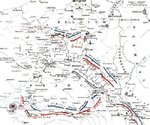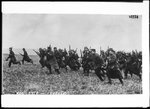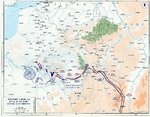30 August 1914, Royal Navy warships arrive off the coast of German held Samoa and offload New Zealand troops at Apia, who, without a fight, remove the German administrators and haul down the German Imperial ensign and raise the Union Jack. The Ships were the light cruisers HMS Philomel, Psyche and Pyramus, based in New Zealand at the time and described as 'unspeakably useless' and the New Zealand registered Union Steamship Coy merchant ships Monowai and Moeraki carrying some 1400 troops. There was a fear that the German East Asiatic Squadron under Maximillian Graf von Spee was in the region, as Spee had left the German colony at Tsing Tao on the third and had not been heard of since, but he was not there thankfully - the three cruisers were no match for any of Spee's ships, not least his two armoured cruisers Scharnhorst and Gneisenau.
Last edited:





![scharnhorstdm[1].jpg](/forum/data/attachments/245/245014-d9f2d1658c0e1acd8b65c1e508c0e550.jpg)
![Bundesarchiv_DVM_10_Bild-23-61-13,_Kleiner_Kreuzer__SMS_Emden_I_[1].jpg](/forum/data/attachments/245/245017-e3071d436ccd1d073fb98c2a6b468fbb.jpg)
![Cruise_of_the_Emden_1914_Map[1].png](/forum/data/attachments/245/245018-2c89c0a7db4ed217ac59586c601f073b.jpg)